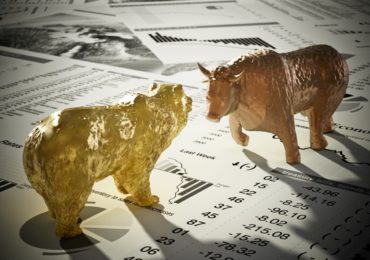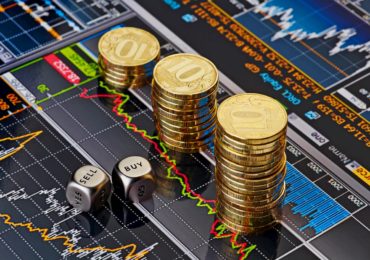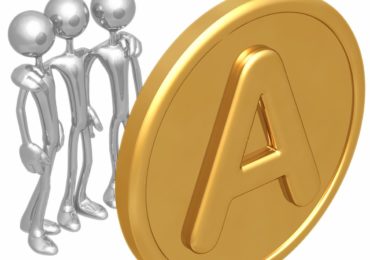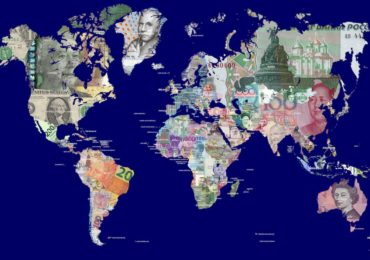The History of Forex
The over-the-counter and across-the-borders trade of fiat currencies is known as foreign exchange (Forex). It is the foreign exchange market that determines the rates of each currency in relation to another. So, the next time you hear that the value of one currency is facing depreciation while that of another is soaring, it is the fluctuations in foreign exchange markets that are causing this.
Forex does sound like a new-age trade that might have begun with the advent of the state-of-the-art technology used to facilitate the stock market trade. However, although such technologies are now taking over the Forex landscape, it all began with the barter system.
Read along to explore the history of Forex and how this volatile, yet reliable, trade came into being.
The Advent of Forex Trade
Forex history cannot be studied without the knowledge of the history of the trade itself. Back in 6000 BC, Mesopotamian Civilisations began exchanging goods for 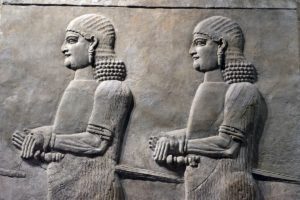 goods under the barter system. Even though it was difficult to regulate during those times, the barter system became the soul of primitive trade in which goods were being traded in exchange for spices, cereals, and other food crops.
goods under the barter system. Even though it was difficult to regulate during those times, the barter system became the soul of primitive trade in which goods were being traded in exchange for spices, cereals, and other food crops.
Countries used to sail ships to foreign lands in order to obtain spices in exchange for the goods they produced. In this way, the barter system gave birth to what we know as foreign exchange today.
However, this is not all there is to Forex history. Since there was no medium of regulating the exchange in terms of spices because of the lack of double coincidence of needs, in the 6th century BC, civilisations started minting gold coins. Exchanges in gold coins were easier because they facilitated the calculation of profits, their distribution, and uniformity in the market. Also, they were easier to transport compared to bulky goods.

With the limited supply of gold coins, they were easily accepted by the traders as the currency for exchange. Then again, for trade-related transactions, it became difficult to transport gold because they were heavy, and the risk of theft was rising. Moreover, there was no way one could value Boolean while more of it was in the process of extraction. Therefore, much later in the 1800s, countries started to adopt their own gold standard currencies.
The Gold Standard Monetary system acted as a benchmark in Forex history.
Gold Standard currencies guarantee that the government of the state is liable to pay the bearer in gold depending upon the amount of paper currency held by them. Such a system worked well until the First World War, when the European nations started to print more currency to pay for the expenses of the war.
Now, the foreign exchange market, which was backed by the gold reserves, started losing out on the reserved and began to collapse. Therefore, after having survived the wars at the beginning of the 20th century, various nations started to work on their economies to establish their currency as strong and dominant in the foreign exchange market.
Apart from the unregulated printing of money, other reasons for the downfall of the gold standard are:
- The Gold Standard restricted the countries’ ability to create eccentric monetary policies, which could have put a halt in the advancement of Forex History.
- Moreover, the lack of gold led to limited money supplies, leading to prints with no reserves to deal with inflation.
Key Events that Shaped Forex History
Forex, today, is renowned and accessed by everyone in the world, thanks to the high liquidity and reliability it offers. A series of historical events helped foreign trading reach its current threshold.
- The Bretton Woods System 1944-1971

As the world neared the end of the Second World War, it was in dire need of monetary reforms, especially those related to foreign exchange policies. So, the first major transformation in Forex history was the Bretton Woods System. Three of the world’s most powerful economies – the United States, the United Kingdom, and France.
The conference was a necessary tool to put the world economy back in order. A location was chosen in Bretton Woods because the United States was one of the few nations that remained untouched by war damage. The Second World War helped the United States redeem its currency after the perils of the 1929 market crash since the aftermath of war proved to be severe for most European nations. It was a time when the US Dollar had become the benchmark with which the value of the rest of the world’s currencies was measured.
In 1994, gold as the main standard for convertibility was replaced by the US Dollar, making it the new standard for financial markets.
The Bretton Woods System was an Accord that allowed the economies from across the world to restore them in a stable environment. This enabled them to create a more adjustable pegged foreign exchange market. An adjustable pegged exchange rate was established to compare one currency against another in a fixed manner. Here, the countries were comparing their exchange rates with respect to the US Dollar.
At that time, the US held the highest gold reserves, and since US Dollars were pegged against gold, the economy of the country was booming. Also, foreign countries started to transact in US Dollars, making it the world’s reserve currency.
However, eventually, there was not enough gold to be pegged against the value of the US Dollars in circulation. One of the reasons behind this lack of gold reserves was increased government lending and spending that augmented the amount of money in circulation.
Another reason for the subsequent failure of the Bretton Woods’ Accord was the uneven distribution of skills and resources that resulted in uneven development. Since the US had lent out money without maintaining regard for the slow-paced development of some nations, another pillar of Forex history collapsed.
To make the impact more profound, some European banks started asking for gold in exchange for the amount of tender they held. In this way, a huge chunk of the US gold reserves was lost.
In 1971, President Richard M Nixon ended the Bretton Woods system. After that, US Dollars also became part of the free-floating foreign exchange market.
- Free-Floating Currencies and Forex History
It was the Smithsonian Agreement of December 1971 that replaced the Bretton Woods’ Accord. Now, the currencies had a better fluctuation band in Forex trading. The United States stated that the Dollar was pegged against $38/ounce, which gave other currencies room to fluctuate by 2.25% against each Dollar, while the US Dollar remained pegged to gold.
In Forex history, there have been attempts to move away from the dependency of all the currency on the US Dollar. The European Joint Float was established in 1972 by European superpowers such West Germany, France, the Netherlands, Belgium, Italy, and Luxemburg. However, due to the prevalence of similar circumstances such as those of the Bretton Woods Accord, both the agreements came to an end in 1973. Now, the world had little choice but to adopt the free-floating system for Forex trading.
- The Jamaican System
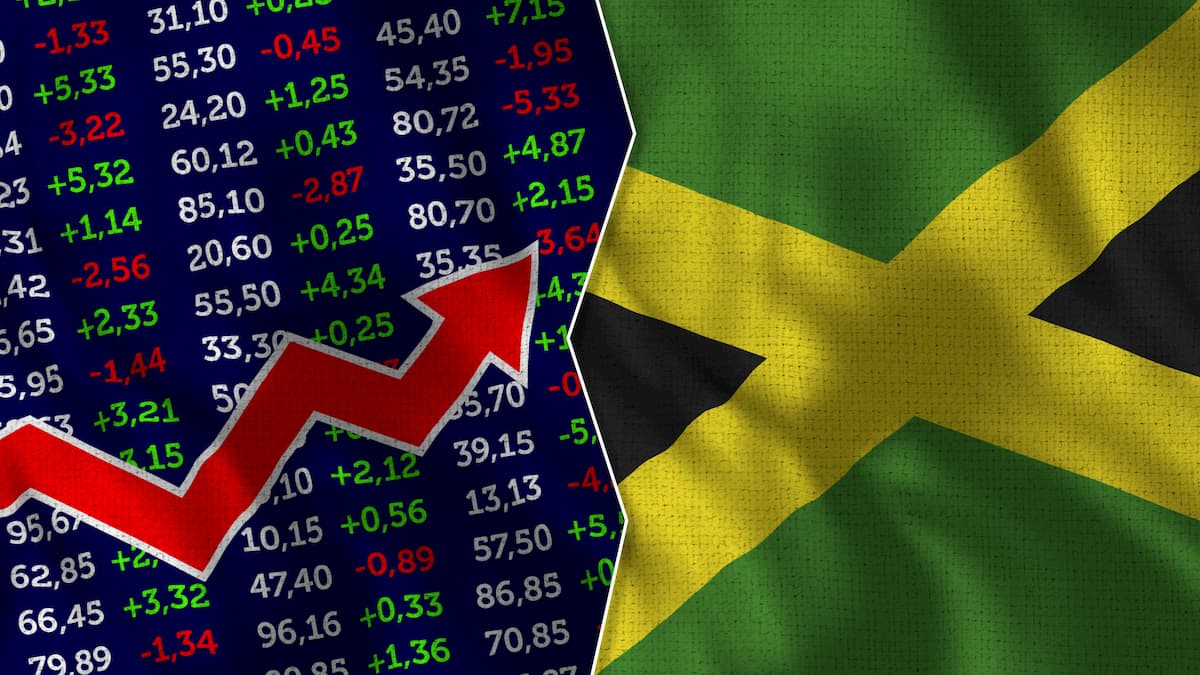
The world was presented with an opportunity to let its currencies appreciate or depreciate according to the forces of supply and demand in 1976 in Kingston (Jamaica). Now, the countries could choose the rates they wanted, for the first time in Forex history.
Since it was the market forces of demand and supply of currencies, the market was floating freely with fluctuations taking place when:
- There was a change in the supply or demand of the national currency in the international market.
- The purchasing power of the domestic currency in the international markets (real value ratios) changed.
Now, if you are wondering how a country earns valuable foreign exchange, it is the arrival of tourists, exports, and loans from other nations that can help a country do this. However, the imports, external payments, and tourist spending abroad that decreased the demand for national currency because we end up exchanging it for foreign currency.
Since this system facilitated free foreign trade, it found a perpetual place in Forex history.
- The Plaza Accord

Now, since the value of the US Dollar had appreciated greatly against world currencies, the US-based exporters were struggling to sell their goods. This, in turn, resulted in a deficit of 3.5% in US GDP. To deal with this stagflation, Paul Volcker increased interest rates in the 1980s. Consequently, the position of the US Dollar in the global market became stronger. However, all this was achieved at the expense of the US industry’s competitiveness in the global markets.
Due to drastically increasing inflation, the developing economies were crushed under debt. However, they were not the only ones to suffer because many US factories also had to shut down operations because they could not compete with the cheaper prices offered by European and Japanese manufacturers. In 1985, the G-5 countries – the United States, the United Kingdom, France, West Germany, and Japan – conducted a, what was supposed to be secret, meeting at the Plaza Hotel in New York City.
However, due to a leak in the information channels, the world was awaiting a powerful conclusion from the meeting. Hence, the Plaza Accord was entered, giving the other world currencies the opportunity to grow and experience appreciation in their value. As a result, the price of US Dollar fell steeply.
Since the fluctuations in currencies were having such a profound impact on the world economies, the world did not take long to realise that trade in currencies can turn out to be quite favourable. This was a major leap in Forex history, which was there to stay. The strong degrees of fluctuations in world currencies, despite intervention from the government, resulted in a high amount of profit for people dealing in them. Even though the free-floating economy and foreign trade took a decade to establish themselves as profitable enterprises, the traders make sure that they made the wait worthwhile.
- European Union and the Euro

Various economists, politicians, and visionaries came forward with the idea of uniting the European nations on the economic front after the Second World War. However, none of the treaties could work their magic because they lacked the elements to please all the superpowers of the region. It was in 1992 that the Maastricht Treaty, named after the Dutch city where the conference was held, was considered prolific enough to stand the test of time.
The Maastricht Treaty led to the establishment of the European Union and the creation of its Euro currency, which redefined Forex history. Also, the treaty helped establish the cohesive region as a whole, which facilitated more liberal trade, foreign policies, and security amongst member countries.
Even though the treaty has been subject to multiple amendments over the years, one thing that has remained advantageous for the economies is the Euro. The currency of the European Union protects its member nations, their banks, and businesses, against the risk of fluctuations in the global economy.
- Internet Trading
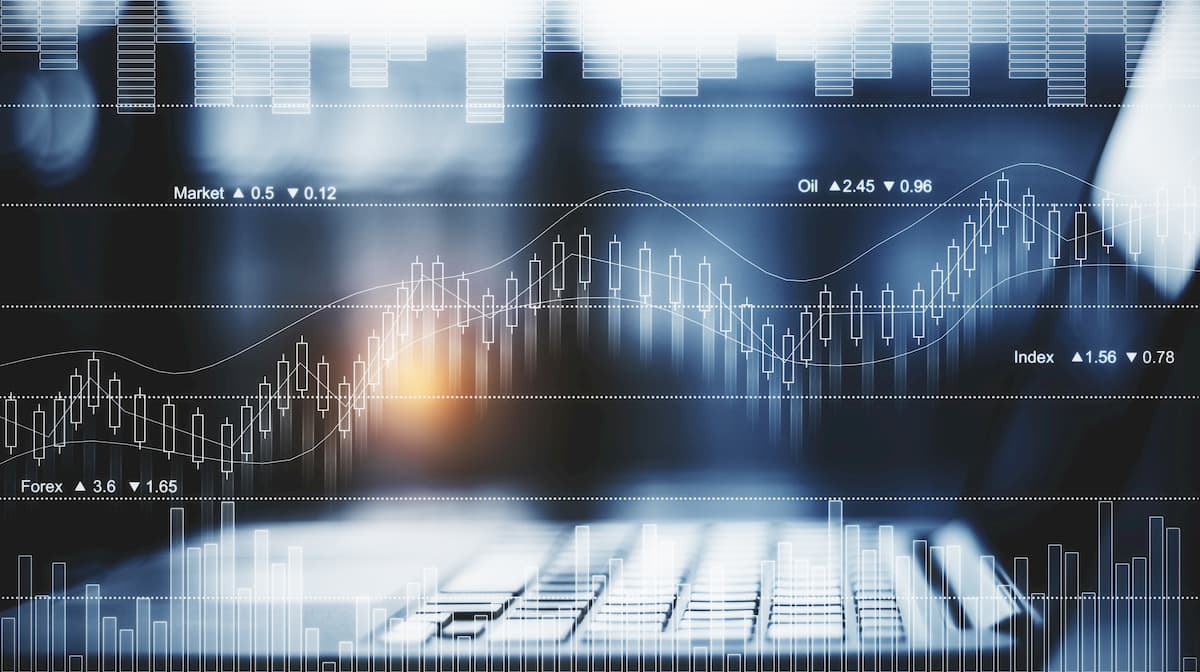
Forex history is not limited to the adoption of a free-floating currency market and the introduction of the Euro; the internet also plays a critical role in making the Forex trade more accessible. The 1990s saw a transformation in the way people viewed and used money. The mediums of transactions became more sophisticated and faster, all thanks to increased access to the World Wide Web.
Now, anyone lazing around at home could discover the current exchange rates of currencies and the recent fluctuations. This made it easier for them to study the market at individualistic levels and make a prediction as to what foreign currency can prove to be profitable in the near future. Remember, these are the tasks that would have been absolutely impossible without the help of an army of brokers, traders, and telephones if there was no internet.
The advancement of the internet that revolutionised Forex history was made possible due to the adoption of capitalism and globalisation by former divisions after the fall of the Berlin Wall and the Soviet Union.
Such a transformation gave the currencies, which were under totalitarian regimes before, a way to enter the global foreign exchange market and revolutionise Forex history. Now, even the developing currency markets, such as those from Southeast Asia, have started to attract capital and currency predictions.
Since 1994, Forex History has experienced its share of glory and continues to do so because it depicts a classic example of a free market in action. The competition has left no stone unturned to create a marketplace with incredible liquidity. Also, since the competition between trustworthy online participants has also increased, spreads are in for a drastic fall in the long run. Without a doubt, this has been made possible due to the availability of the same sources of information and channels of communication to general players as those used by international banks and merchants.
The Present and the Future of Forex Trading
Every day, traders transact over $5 trillion in the foreign exchange market, making it the largest market in the world today. This was once unimaginable in Forex history. However, thanks to the free-floating market, the future of Forex is veiled by ever-changing uncertainties that will continue to work in favour of Forex traders.
However, if traders want to stay ahead in the Forex trading curve, they need to have up-to-the-minute knowledge of the fluctuations in the market, whether or not they are in their favour. They should not only study the economic events of the country of their interest but also the changes in their political and social structures, which prove pertinent when it comes to the value of the currency.
Global events will help you study how the slight changes in a country’s structure can lead to a major fluctuation. This is how you will be able to speculate your profits and losses in the long run.
Now that you know the entire history of Forex and how the foreign exchange trade that we know today came into being, we believe that you are are confident enough to take a plunge into Forex trading.
We understand that a mere lesson on Forex history cannot help you become a pioneer in trading, especially when expert traders have already established a solid footing. However, you can turn to the FX Market for the best learning tools for beginners, intermediaries, and professional traders. The tools, education, and resources for education provided by us will help you advance further in your trading career.
To make a more informed decision, you can go through the demonstrative material available on the website, which you will find in line with your learning objective: to excel at Forex trading.



